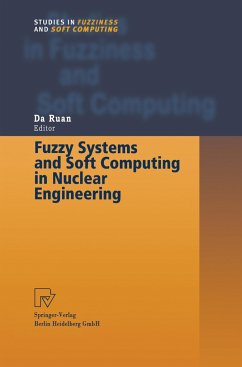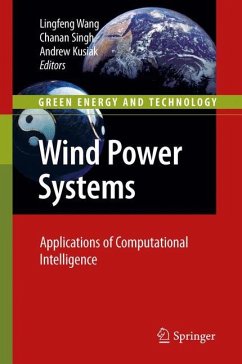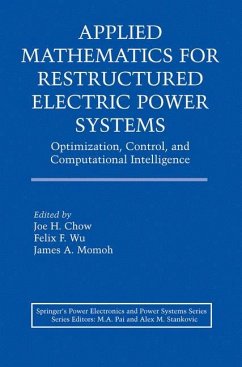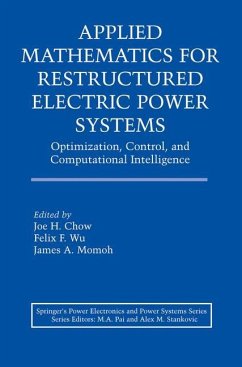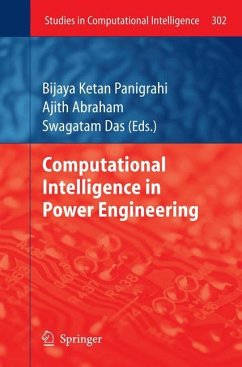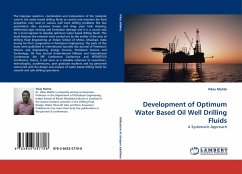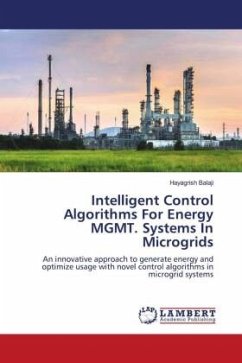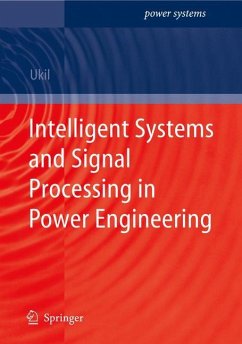
Intelligent Systems in Oil Field Development under Uncertainty

PAYBACK Punkte
57 °P sammeln!
The decision to invest in oil field development is an extremely complex problem, even in the absence of uncertainty, due to the great number of technological alternatives that may be used, to the dynamic complexity of oil reservoirs - which involves mul- phase flows (oil, gas and water) in porous media with phase change, and to the c- plicated combinatorial optimization problem of choosing the optimal oil well network, that is, choosing the number and types of wells (horizontal, vertical, directional, m- tilateral) required for draining oil from a field with a view to maximizing its economic v...
The decision to invest in oil field development is an extremely complex problem, even in the absence of uncertainty, due to the great number of technological alternatives that may be used, to the dynamic complexity of oil reservoirs - which involves mul- phase flows (oil, gas and water) in porous media with phase change, and to the c- plicated combinatorial optimization problem of choosing the optimal oil well network, that is, choosing the number and types of wells (horizontal, vertical, directional, m- tilateral) required for draining oil from a field with a view to maximizing its economic value. This problem becomes even more difficult when technical uncertainty and e- nomic uncertainty are considered. The former are uncertainties regarding the existence, volume and quality of a reservoir and may encourage an investment in information before the field is developed, in order to reduce these uncertainties and thus optimize the heavy investments required for developing the reservoir. The economic or market uncertainties are associated with the general movements of the economy, such as oil prices, gas demand, exchange rates, etc. , and may lead decision-makers to defer - vestments and wait for better market conditions. Choosing the optimal investment moment under uncertainty is a complex problem which traditionally involves dynamic programming tools and other techniques that are used by the real options theory.




